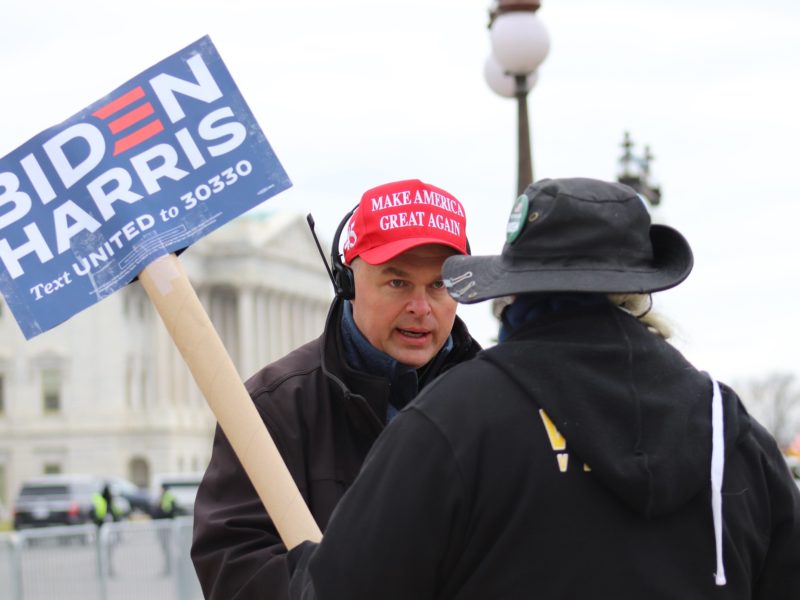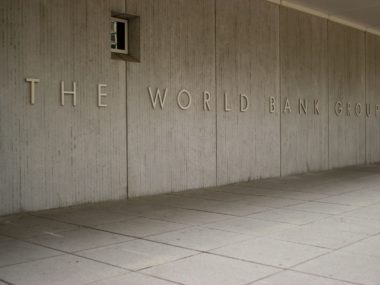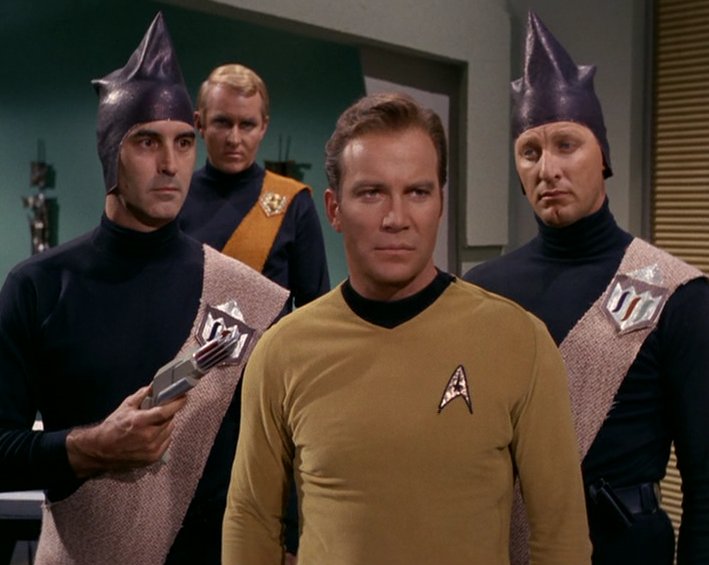Guest post by Oliver Hicklin-Coorey
The Capitol insurrection on January 6 was a culmination of decades of increasing polarization in the United States, seen in a deeply divided Congress, extremism in the media, and political violence in the streets. Authorities overlooked warning signs of violence, and worse may come in future years if the trend of divisiveness continues. Public animosity toward those with different views is at a record high. These trends could point to an ominous future: Social science research suggests that societies with high polarization risk violence and democratic collapse. Social science also offers several interventions that could mitigate this polarization: citizens’ assemblies, media reforms, and national referendums.
How polarized is America?
A majority of Americans agree on many democratic values and policy issues, including the importance of protecting rights beyond those explicitly stated in the Constitution and the need to reduce the role of money in politics, improve infrastructure, adopt a $15 federal minimum wage, and more. Seventy percent of the US public supported President Biden’s $1.9 trillion COVID-19 relief bill, including 63 percent of lower-income Republicans. Moreover, more than 7 in 10 Americans believe they have more in common with each other than many in the public think.
Despite this common ground, data demonstrates significant divisions among Americans, both in voting patterns and attitudes. Presidents won the last nine consecutive presidential elections without landslide victories, indicating a lack of unity among the electorate. Even with the vast majority of states voting the same way in every election, the House, Senate, and presidency flip parties with increased frequency. Additionally, split-ticket voting (a sign of little difference between parties) is now rare. Favorable opinions of the opposing party are at all-time lows.
In short, although Americans agree on many issues and believe they have much in common, deep partisan polarization is increasing in intensity. This level of division carries adverse consequences.
Why is polarization harmful?
While a small level of polarization can be beneficial, current US levels increase the risk of violence and threaten democracy. With significant portions of the country viewing the opposing party as a threat to the nation, political violence is a worrying reality. Recent surveys found that, “for 15–20 percent of Americans, physical violence against political opponents was [warranted]” and a “bipartisan minority said violence was at least a little bit justified—particularly if their party lost the 2020 election.” Additionally, violent political events have increased significantly from 2010 to 2019. With this data in mind, the January 6 attack on the Capitol should not have been entirely surprising. As segments of a population become increasingly distrustful and feel justified in utilizing violence for political ends, authoritarianism becomes more palatable. Extreme polarization can also lead to government gridlock, democratic erosion, or democratic collapse.
Possible responses—but no easy solutions
Social science research suggests that the “contact hypothesis”, where differing factions gain exposure to each other, can reduce prejudice between groups. Scholars have suggested “Citizens’ Assemblies”—where citizens representing differing views can discuss controversial political and social issues—as a possible solution. In Ireland, Citizens’ Assemblies made policy recommendations “credited with advances in Ireland’s approach to climate change.”
Media reform—e.g., rebooting the FCC fairness doctrine for traditional media and strengthening regulated algorithms to reduce social media echo chambers and moderate social media content—could also improve matters. However, this approach has drawbacks: the impact of social media on polarization may be smaller than many believe, and exposure to political opponents online can actually polarize views further.
Another possible solution is to hold direct national referendums on policy, allowing progress to occur where Americans across partisan groups agree. Drawbacks to increasing referendums involve both the potential for increasing polarization on certain issues, as Britain’s 2016 Brexit referendum can attest, and the possibility of a so-called “tyranny of the majority” against minority rights. However, social scientists argue that referendums can be designed to mitigate these concerns, particularly when they involve specific changes to the law—e.g., the recent national electronic ID referendum in Switzerland—rather than general outcomes, such as Brexit.
Addressing increasing polarization and partisanship in the United States is complicated and will likely require a multi-faceted approach. Whether polarization worsens or not will depend on elected leaders taking action on multiple fronts, guided by research. If the country is to avoid more events like January 6 (or worse), inaction is not an option.
Oliver Hicklin-Coorey is an undergraduate student of political science and economics at Emory University.






